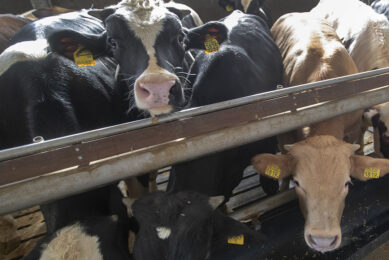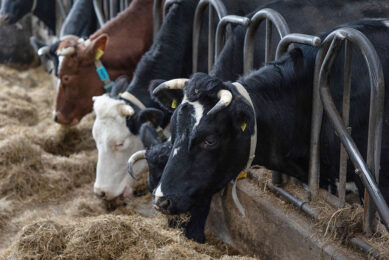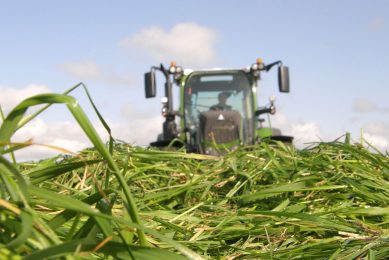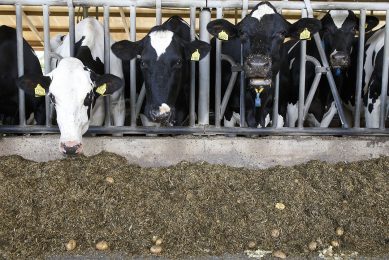FDA develops new PCR feed-test for BSE prevention
The Office of Research (OR) of the US Food and Drug Administration’s Center for Veterinary Medicine (CVM) recently developed a new method for testing animal feed for prohibited materials.
The method relies on polymerase chain reaction (PCR), a molecular technique that amplifies small amounts of genetic material (DNA or RNA) to produce larger amounts for analysis.
The PCR test is specifically developed for testing of animal feed on the presence of BSE causing proteins, the so-called prions.
On June 5, 1997, the FDA issued a similar feed ban that prohibited most mammalian protein from being used to make animal feed for ruminants.
In April 2008, the FDA strengthened the feed ban by prohibiting high-risk materials from being used to make all animal feed, including pet food.
High-risk materials are those materials from cattle that have the highest chance of carrying the agent thought to cause BSE, such as the brains and spinal cords from cattle that are 30 months of age or older.
To make sure that animal feed manufacturers comply with the feed ban, the FDA tests feed samples for prohibited materials. Feed samples are typically collected by field investigators in the Office of Regulatory Affairs (ORA), the FDA’s investigative arm.
The samples are analyzed by feed microscopy, a technique that uses a microscope to visually identify the components in the sample. Samples that test positive for a prohibited mammalian protein by feed microscopy then undergo PCR testing to confirm the positive result.
Join 26,000+ subscribers
Subscribe to our newsletter to stay updated about all the need-to-know content in the feed sector, three times a week. Beheer
Beheer









 WP Admin
WP Admin  Bewerk bericht
Bewerk bericht